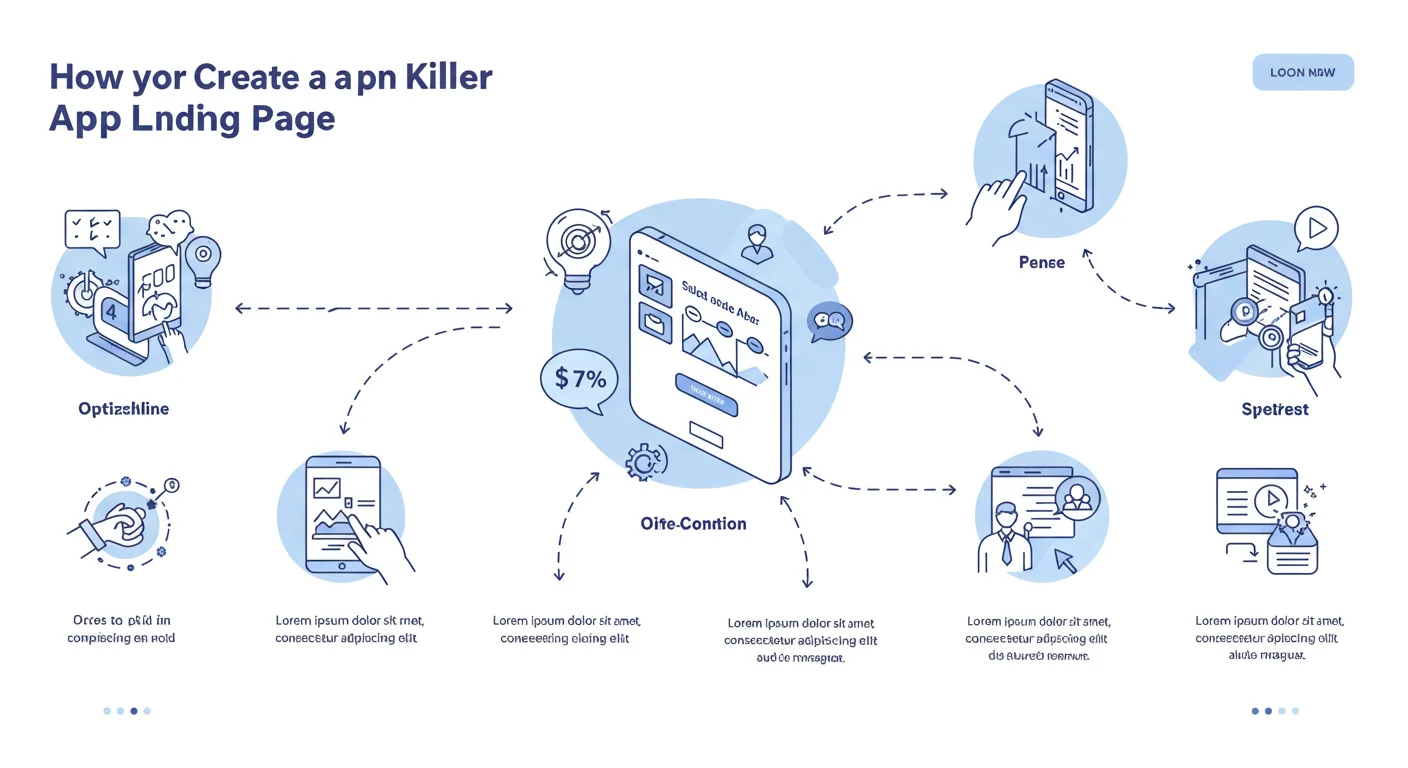Introduction
In a digital landscape saturated with information, capturing user attention has become a formidable challenge for businesses. Enter hyper-personalization—a game-changing approach driven by artificial intelligence (AI) that tailors user experiences to individual preferences. By 2025, this trend is poised to redefine how companies engage with their customers, leading to unprecedented levels of satisfaction and loyalty.
What is Hyper-Personalization?
Hyper-personalization goes beyond traditional personalization by utilizing real-time data analytics, machine learning, and AI to create highly tailored experiences. This approach considers various factors such as user behavior, preferences, and contextual data to deliver content, products, and services that resonate with individual users.
The Role of AI in Hyper-Personalization
AI technologies enable businesses to analyze vast amounts of data quickly and effectively. This capability allows companies to understand their customers on a granular level, predicting needs and preferences before they even arise. For instance, AI algorithms can track user interactions across platforms and deliver customized recommendations, enhancing the overall user experience.
Practical Examples of Hyper-Personalization
E-Commerce
Online retailers like Amazon have been pioneers in hyper-personalization. By analyzing user purchase history and browsing behavior, they can recommend products that align with individual tastes. For example, if a user frequently buys athletic wear, the platform may showcase the latest running shoes or fitness gadgets tailored to their interests.
Streaming Services
Streaming platforms such as Netflix utilize hyper-personalization by curating content based on viewing habits and preferences. The platform's recommendation engine analyzes what users watch, how long they watch, and even the time of day they prefer to watch, resulting in personalized content suggestions that keep users engaged.
Travel Industry
In the travel sector, companies like Airbnb leverage hyper-personalization to enhance user experiences. By utilizing past booking data and user preferences, they can suggest accommodations, activities, and even travel itineraries that align with the customer's interests, making the planning process seamless and enjoyable.
Benefits of Hyper-Personalization
- Enhanced User Engagement: Personalized experiences lead to higher user engagement rates as customers feel understood and valued.
- Increased Conversion Rates: Tailored recommendations often result in higher sales conversions, as users are more likely to purchase products that align with their preferences.
- Improved Customer Loyalty: When customers receive personalized experiences, they are more likely to return, fostering loyalty and long-term relationships.
Challenges in Implementing Hyper-Personalization
While the benefits of hyper-personalization are significant, businesses must also navigate challenges, including:
- Data Privacy Concerns: With increasing regulations around data privacy, companies must ensure they are compliant while still delivering personalized experiences.
- Data Management: Collecting and analyzing vast amounts of data requires robust systems and strategies to avoid data overload.
- Balancing Personalization with Privacy: Striking the right balance between delivering personalized experiences and respecting user privacy is crucial.
The Future of Hyper-Personalization
As we look toward 2025, hyper-personalization will continue to evolve with advancements in AI. Technologies like natural language processing (NLP) and predictive analytics will allow businesses to refine their personalization strategies further. Companies that embrace this trend will not only enhance user experiences but also gain a competitive edge in their respective industries.
Conclusion
The rise of hyper-personalization, powered by AI, represents a significant shift in how businesses engage with their customers. By leveraging data to create tailored experiences, companies can foster deeper connections and drive loyalty. As we approach 2025, embracing hyper-personalization will be essential for businesses aiming to thrive in an increasingly competitive digital landscape.


